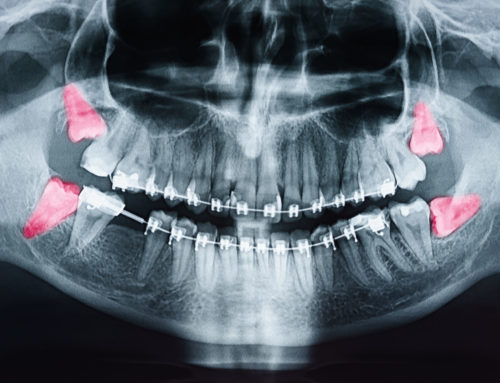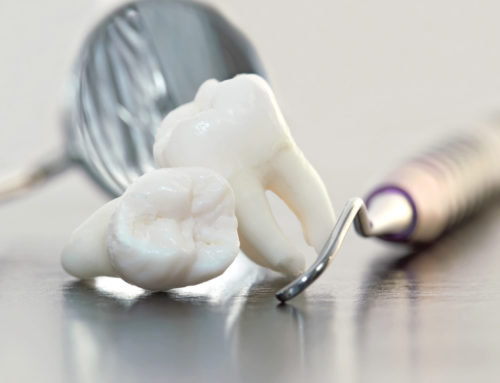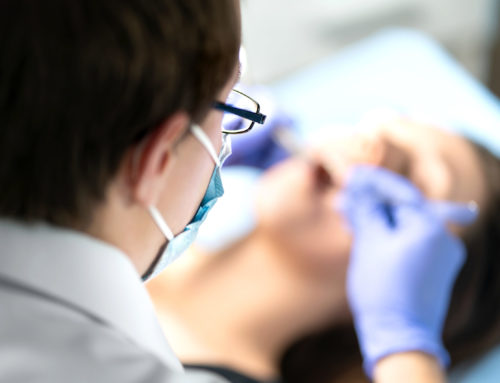When is a Sinus Lift Recommended?
If your upper jaw doesn’t have enough bone height, or if your sinuses are located too close to the jaw, it can be difficult to place dental implants in their proper positions. These are the scenarios in which a sinus lift will be recommended, and there are a variety of factors that could have caused these problems:
- Bone loss as a result of gum disease
- Tooth loss in the upper jaw – especially the molars – resulting in limited bone. Due to the skull anatomy, the back portion of the upper jaw already has less bone than the same position on the lower jaw.
- Resorbed jaw bone due to tooth loss
- Abnormal shape and size of the sinus cavity, especially when it is too close to the top jaw for implant placement.
What Happens after the Procedure?
Sinus lift procedures are relatively straightforward, and after about 7-10 days you will visit with your oral surgeon to check on your progress. As long as everything is healing well, you will be free to resume your normal activities.
You’ll need to wait for several months so that the bony material has time to harden and integrate with the jaw. Depending on exactly what type of grafting material was used, it could be 4-9 months before your implants can be put into place.
Please contact us if you have any questions about your upcoming sinus lift, contact your oral surgeon for guidance.





